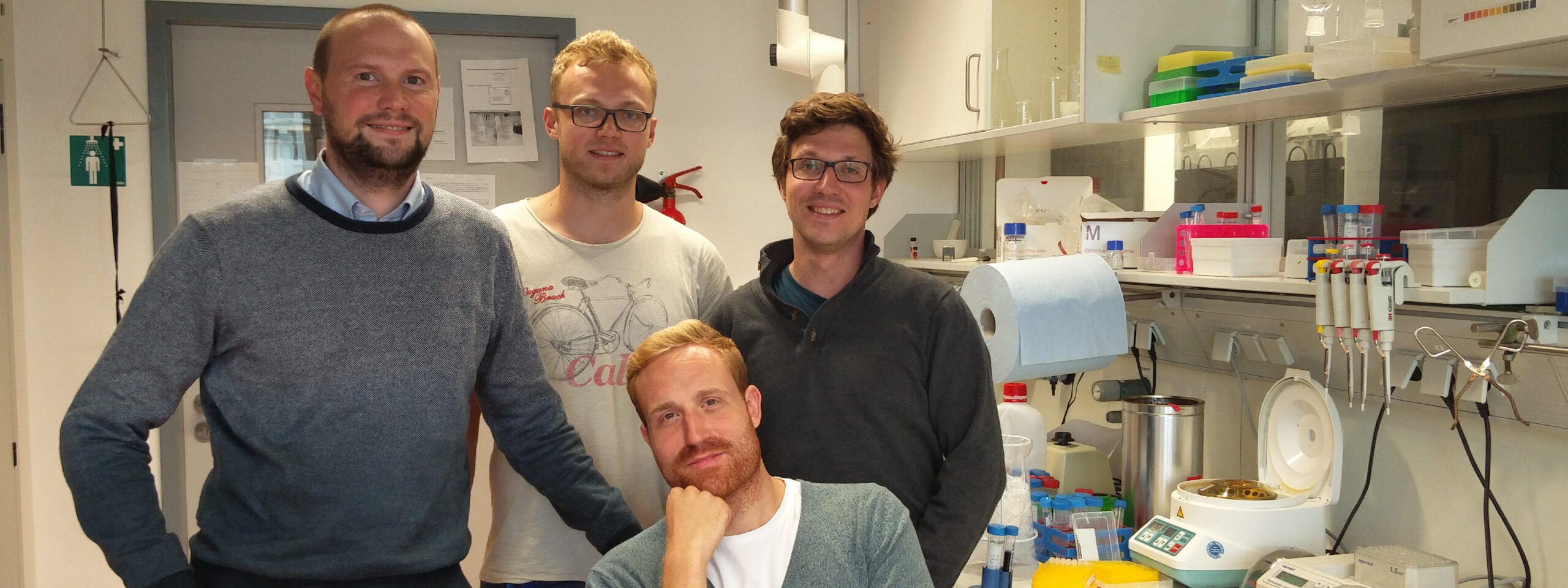

Welcome to the Wombacher Lab
The Chemical Biology-laboratory under the guidance of Dr. Richard Wombacher is part of the Max-Planck-Institute for Medical Research, Department of Chemical Biology. The research of our laboratory focuses on the development of chemical tools to study biological processes. This approach is multidisciplinary, utilizing organic synthesis, molecular biology techniques and biophysical methods. The central goal of our research is to extend the power of synthetic chemistry to complex biological systems. One of our major interests is the development of methods for the selective labeling and imaging of biomolecules (e.g. proteins) with small molecule probes inside living cells. This will lead to the development of new and powerful methods that allow to observe and manipulate dynamic biological processes in living cells. Current projects explore the application of “chemical tags” in fluorescence labeling and super-resolution microscopy, the development of small peptide tags and chemical tools for protein regulation.
Research
As a chemical biology group, we have the overarching goal to extend the power of synthetic chemistry to complex biological systems. One of our major interests is the development of methods for the selective labeling of biomolecules (e.g. proteins) with small molecule probes inside living cells and its application for biophysical methods. Design and synthesis of probes and markers, is an essential part of our work to provide tailor made molecules for advanced biophysical methods to study specific biological questions. The long term goal of this research is to develop methods and probes that allow dynamic biological processes to be observed and/or manipulated in living cells.
Current research topics of the lab:
· selective protein labeling in complex biological systems (living cells, in vivo)
· development and application of bioorthogonal chemistry
· development and application of biophysical probes (single molecule imaging, super-resolution microscopy, molecular and metabolic imaging)
· protein/enzyme regulation by using light as an external trigger
